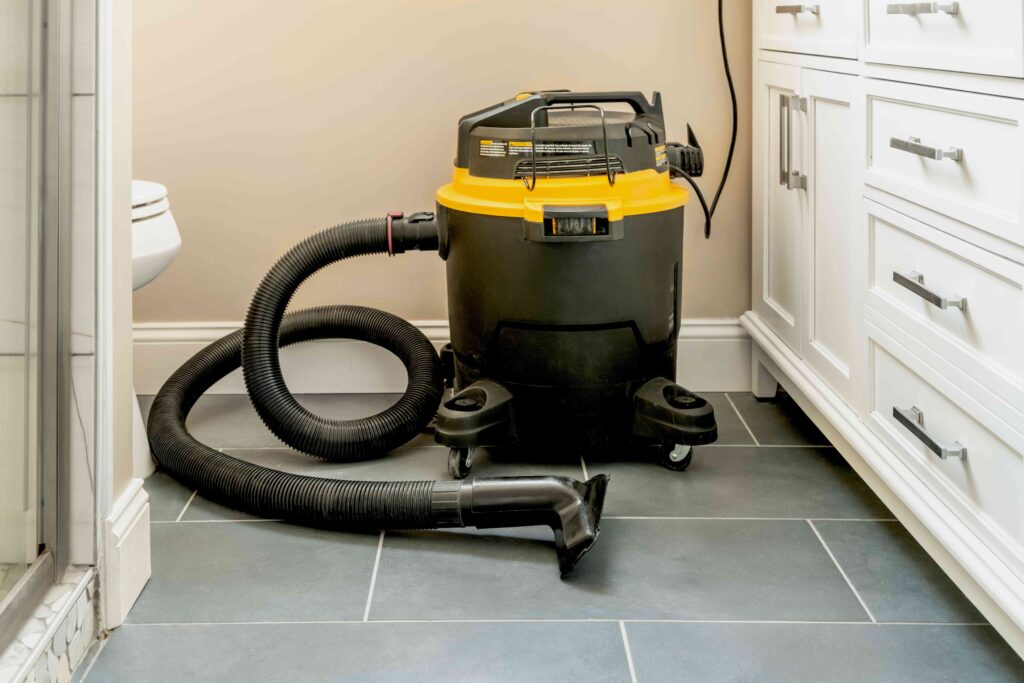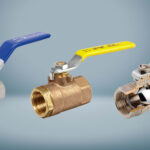Can a Shop Vac Pick Up Water? Exploring the Versatility of Shop Vacuums
Introduction
Shop vacuums, commonly known as shop vacs, are renowned for their prowess in cleaning up messes in workshops, garages, and construction sites. While their primary function is to handle dry debris, many users wonder if these robust machines can also tackle liquid spills. In this in-depth exploration, we will delve into the capabilities of shop vacs when it comes to handling water and other liquids.
Understanding the Basics
What is a Shop Vac?
A shop vac, short for shop vacuum, is a heavy-duty vacuum cleaner designed for handling larger debris and messes commonly found in workshops and construction areas. These vacuums are typically more powerful and durable than traditional household vacuums.
The Traditional Use of Shop Vacs
Shop vacuums are traditionally used for cleaning up sawdust, wood chips, metal shavings, and other dry materials commonly generated in workshops. With their robust design and powerful suction, they have become a staple for DIY enthusiasts, woodworkers, and professionals in various trades.
Can a Shop Vac Pick Up Water?
The Short Answer
Yes, many shop vacs are equipped to handle liquids, including water. However, not all shop vacuums are created equal, and their ability to pick up water depends on the specific model and its features.
Understanding Wet/Dry Vacuums
Many shop vacs are referred to as wet/dry vacuums, indicating their versatility in handling both dry and wet materials. These vacuums come with features that allow users to switch between modes, making them suitable for a variety of cleanup tasks.
Exploring the Features
1. Capacity
Shop vacs designed for wet pickup typically have a separate tank or compartment for holding liquids. The capacity of this tank varies among models, and users should be mindful of the volume the shop vac can handle.
2. Hose and Nozzle Design
The design of the hose and nozzle plays a crucial role in a shop vac’s ability to pick up liquids effectively. Some models come with specific attachments optimized for liquid pickup, ensuring efficient suction without causing damage to the vacuum.
3. Sealed Switch
To prevent electrical issues and ensure user safety, quality wet/dry shop vacuums feature a sealed switch that protects against exposure to liquids.
4. Filters
Wet/dry shop vacuums typically have specialized filters designed for wet pickup. These filters prevent debris from entering the vacuum’s motor and maintain optimal performance.
5. Drain Port
Certain models include a drain port, allowing users to empty the liquid tank without lifting the entire vacuum. This feature adds convenience and simplifies the cleanup process.
FAQs: Navigating Common Questions about Shop Vacs and Water Pickup
Q1: Can I use a regular shop vac for water cleanup?
A1: It depends on the model. Wet/dry shop vacuums are designed for both dry and wet cleanup. Using a regular shop vac not intended for wet pickup may result in damage to the vacuum and pose safety risks.
Q2: What types of liquids can a shop vac pick up?
A2: Wet/dry shop vacuums can handle a variety of liquids, including water, spilled beverages, and cleaning solutions. However, certain hazardous liquids may require specialized equipment.
Q3: Is there a limit to the amount of water a shop vac can pick up?
A3: Yes, shop vacs have a specific liquid capacity. Exceeding this limit may compromise the vacuum’s performance and potentially cause damage.
Q4: Can a shop vac be used to unclog drains?
A4: While shop vacs are not designed for drain cleaning, some users employ them for minor clogs. It’s essential to use appropriate attachments and exercise caution to avoid damage.
Q5: What should I do if my shop vac gets wet inside?
A5: If a wet/dry shop vac’s interior gets wet, it’s crucial to unplug it immediately. Allow the interior to dry completely before use to prevent electrical hazards.
Q6: Are there shop vacs specifically designed for water removal in flooded areas?
A6: Yes, certain shop vacs are explicitly designed for water removal in flooded basements or other areas. These models often have higher liquid capacities and additional features for efficient water extraction.
Q7: Can I use a shop vac to clean up after a plumbing leak?
A7: Shop vacs are suitable for cleaning up water resulting from plumbing leaks. Ensure the vacuum is in wet pickup mode and use appropriate attachments for efficient cleanup.
Q8: Is it safe to pick up hot liquids with a shop vac?
A8: It is not recommended to pick up hot liquids with a shop vac unless the specific model is designed and labeled for such use. Hot liquids may damage components and compromise safety.
Q9: How often should I clean the filters when using a shop vac for wet pickup?
A9: Cleaning the filters is crucial for maintaining optimal performance. The frequency depends on usage, but regular checks and cleanings are recommended to prevent clogs and maintain suction power.
Q10: Can a shop vac pick up fine dust after wet cleanup?
A10: Wet/dry shop vacs are designed to handle both wet and dry materials. However, users should ensure the vacuum is thoroughly dry before attempting to pick up fine dust to avoid clogging the filters.
Conclusion
In conclusion, a shop vac can indeed pick up water, and its ability to handle liquids is contingent on its design and features. Wet/dry shop vacuums have revolutionized cleanup tasks in various settings, offering users a versatile tool for tackling both dry debris and liquid spills. Understanding the specific features of a shop vac, including its capacity, hose design, and safety features, is essential for maximizing its effectiveness in wet cleanup scenarios. Whether you’re dealing with a workshop spill or addressing a plumbing leak, a well-equipped shop vac proves to be a reliable ally in maintaining a clean and organized space.
Read about:bedroom 2 bath 1 story house plans embrace open floor



